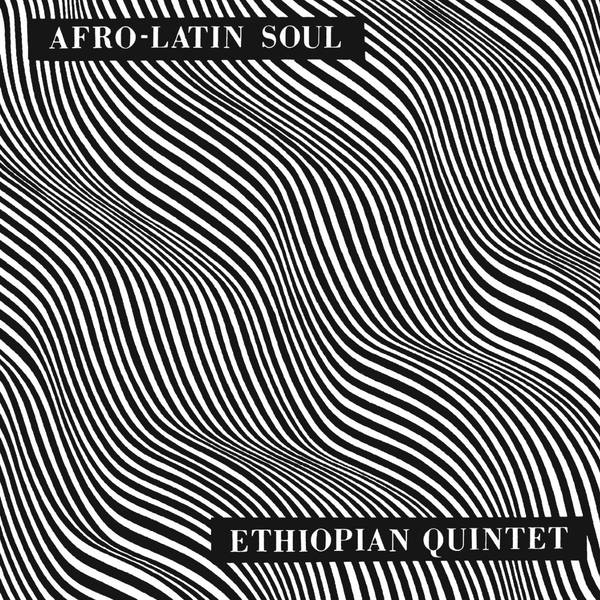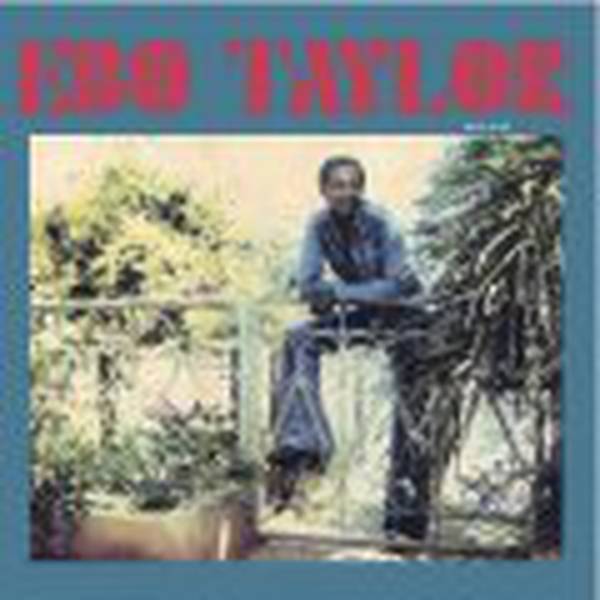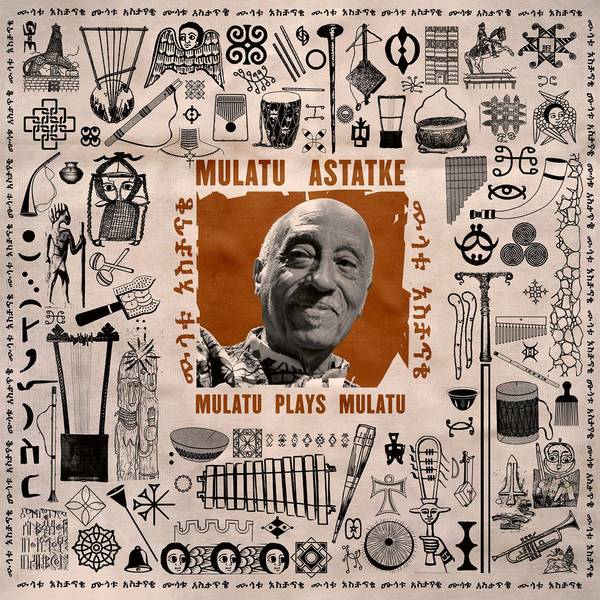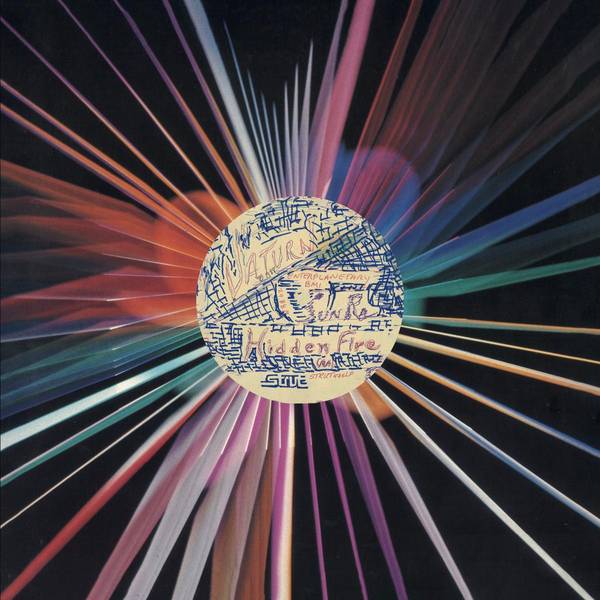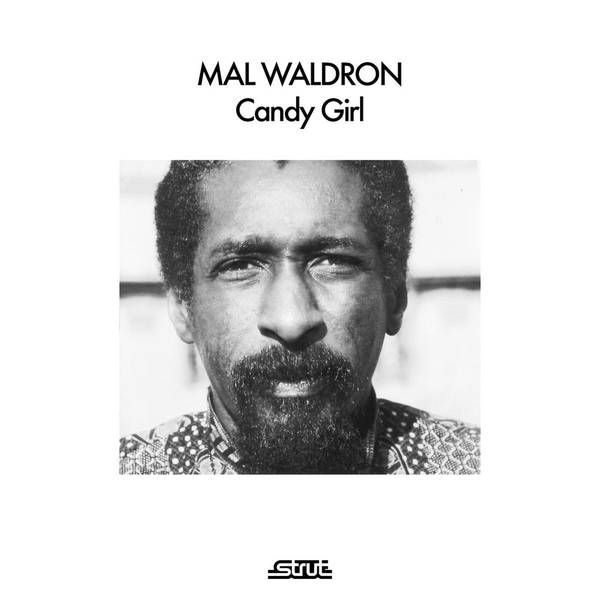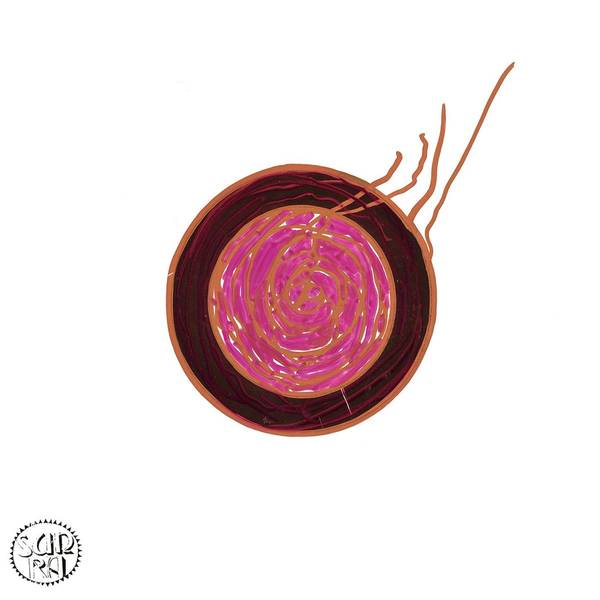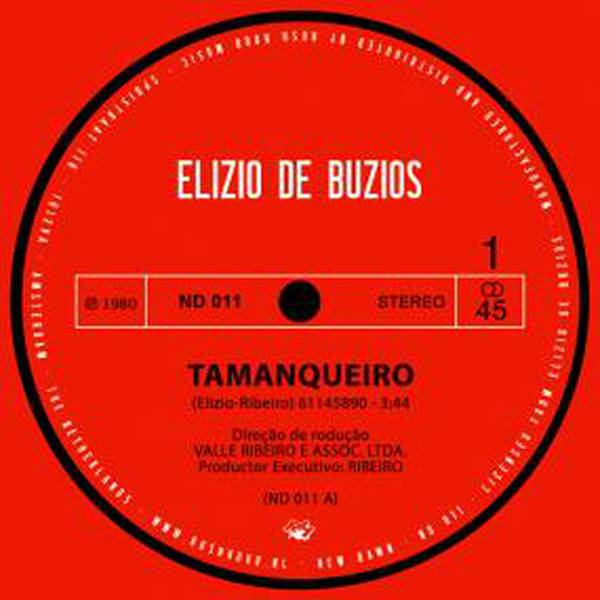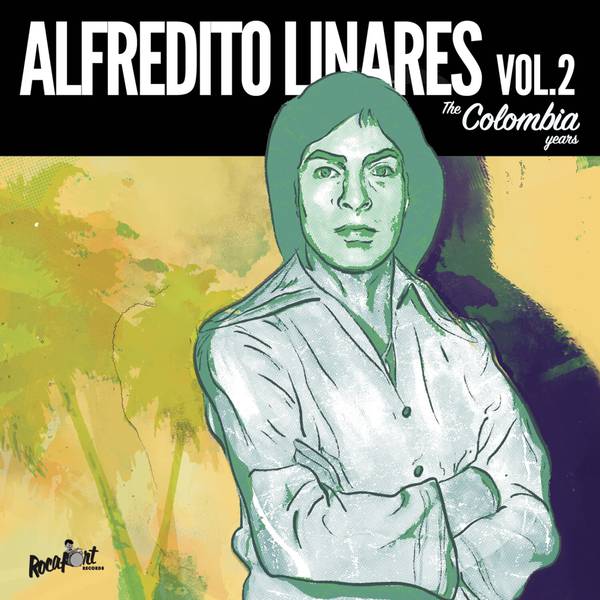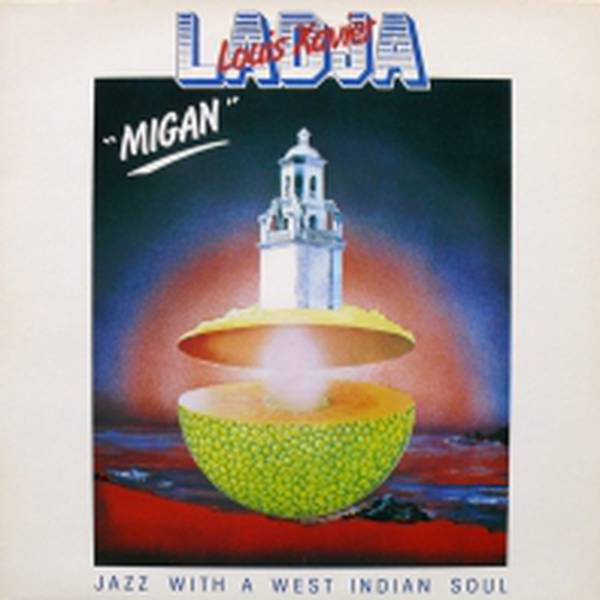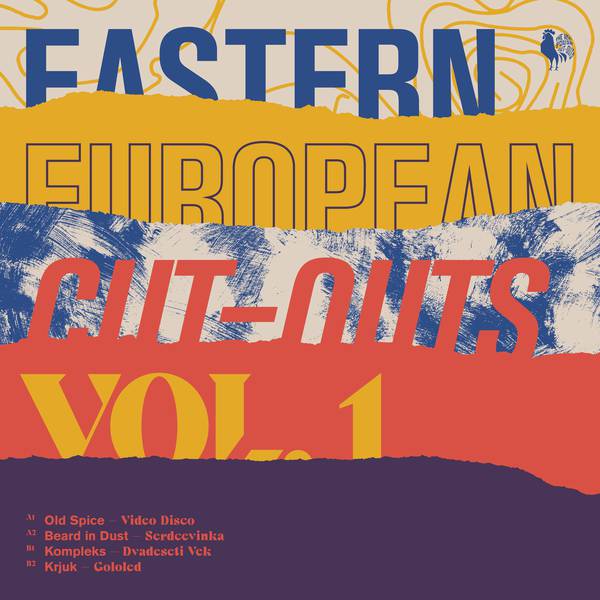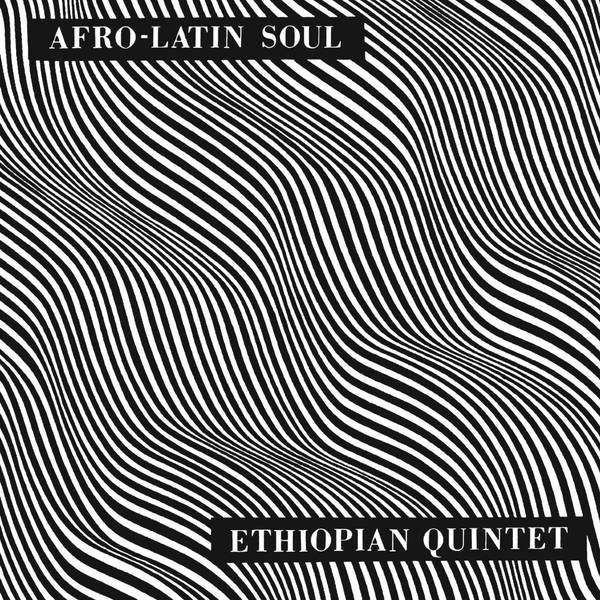
Tax included, Shipping not included
Der "Vater des Ethiojazz" und sein Ethiopian Quintet: Wiederveröffentlichung der beiden Debütalben von 1966.
Die zwei "Afro-Latin Soul"-Alben von 1966 sind die Geburtsstunde des Ehiojazz. Hier präsentierte Mulatu Astatke erstmals seine experimentelle Vereinigung aus traditionellen äthiopischen Klängen, westlichem Jazz und lateinamerikanischer Musik. Dafür prägend waren neben seiner Herkunft einerseits die Jahre am Berklee College of Music, wo er der erste afrikanische Student war und das Vibraphon für sich entdeckte, andererseits eine Reise nach Kuba und Begegnungen mit einheimischen Musikern. Das Tempo, die Rhythmen und der Swing kubanischer Musik erinnerte ihn stark an afrikanisches Liedgut. Mitte der 60er gründete Astatke mit dem Ethiopian Quintet eine Band aus äthiopischen, latein- und afroamerikanischen Musikern, darunter Rudy Houston (Trompete, Piano). Gil Snapper von Worthy Records bot ihnen an, eine Platte aufzunehmen. Im Studio kam es zu zwei relativ unterschiedlichen Sessions. "We created a different feel and different arrangements", so Astatke. "On the first recording, I played an adaptation of an ancient Ethiopian warrior song 'I Faram Gami I Faram'. Some compositions were important steps for me: 'Mascaram Setaba', 'Shagu' and 'Almaz'. With the second album, a personal favourite is 'Girl From Addis Ababa' which worked very nicely as a fusion of Ethiopian modes and R&B rhythms."
A1. I FARAM GAMI I FARAM 2.25
A2. MASCARAM SETABA 1.47
A3. SHAGU 3.00
A4. ONE FOR BUZAYHEW 3.25
A5. ALONE IN THE CROWD 4.00
B1. ALMAZ 2.50
B2. MULATU’S HIDEAWAY 2.40
B3. ASKUM 2.04
B4. A KISS BEFORE DAWN 3.15
B5. PLAYBOY CHA CHA 3.50
Strut continue their essential work with the “Godfather Of Ethio Jazz”, Mulatu Astatke, with the rst of cial reissues of his early classics ‘Afro Latin Soul’ Volumes 1 and 2 from 1966, recorded as The Ethiopian Quintet.
Arriving after Astatke’s life-changing years studying at Berklee College in Boston, the albums were the rst experiments in his pioneering sound, fusing Ethiopian cultural music with Afro Latin and jazz forms. “I have always felt a deep connection between Latin and African music,” he explains. “I travelled to Cuba and listened to their musicians; the tempo, rhythm and feeling was very similar to different African forms. In the mid-‘60s, I formed a band called The Ethiopian Quintet in New York comprising Ethiopian, Latin and Afro-American musicians - the band included trumpeter and pianist Rudy Houston who later played with Yambu and Felix Torres who played with La Sonora Poncena.”
Supported by Worthy Records’ Gil Snapper who offered to record the quintet, Astatke began to experiment during two separate sessions: “We created
a different feel and different arrangements. On the rst recording, I played
an adaptation of an ancient Ethiopian warrior song, ‘I Faram Gami I Faram’
- the lyrics were translated so that the singer could sing it in Spanish. Some compositions were important steps for me: ‘Mascaram Setaba’ (‘Summer Is Coming’) ‘Shagu’ and ‘Almaz’. With the second album, a personal favourite is ‘Girl From Addis Ababa’ which worked very nicely as a fusion of Ethiopian modes and R&B rhythms.”
Details
Genre
Release Date
18.07.2018
Cat No
STRUT156LP
Produkt- und Herstellerinformationen
